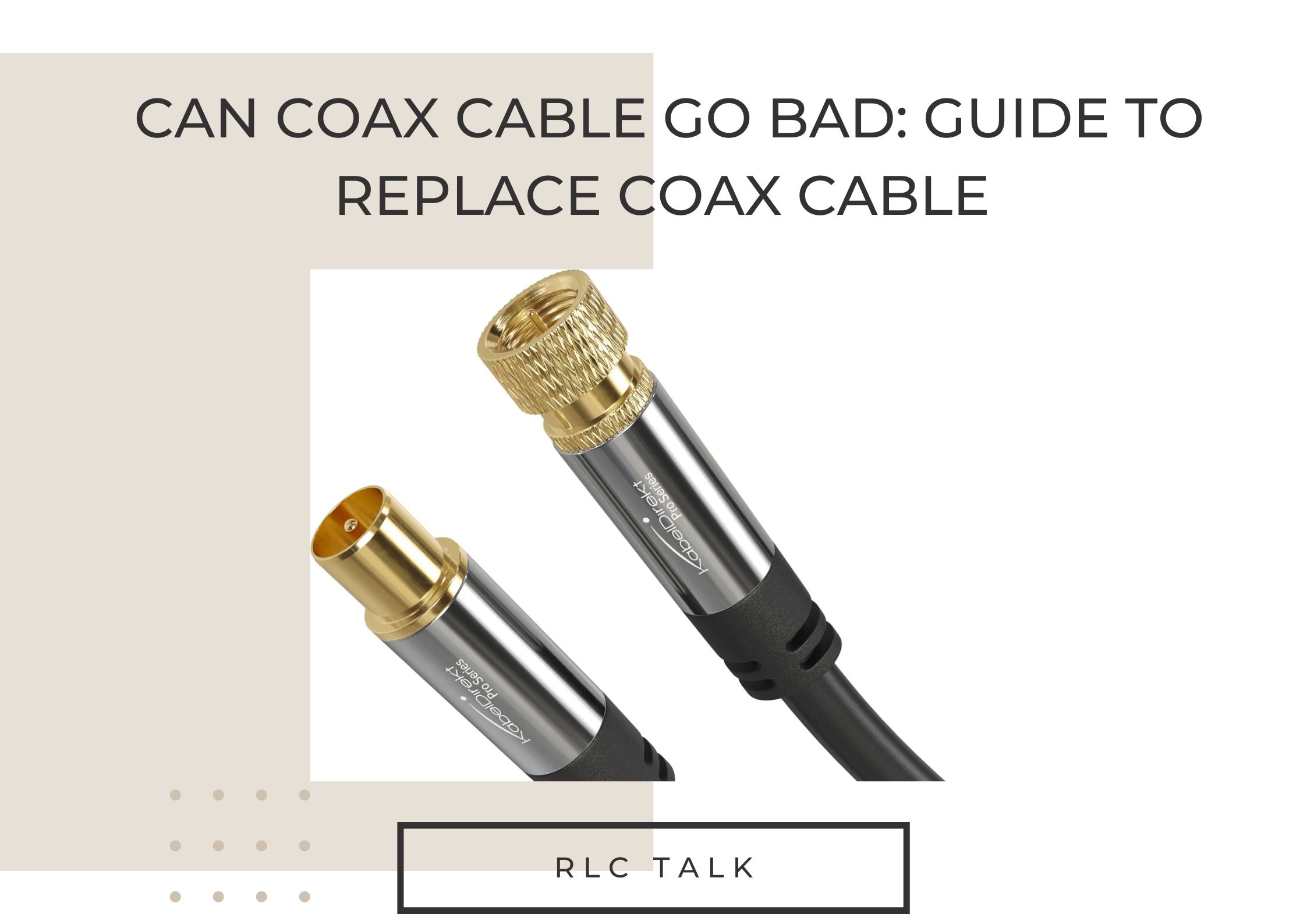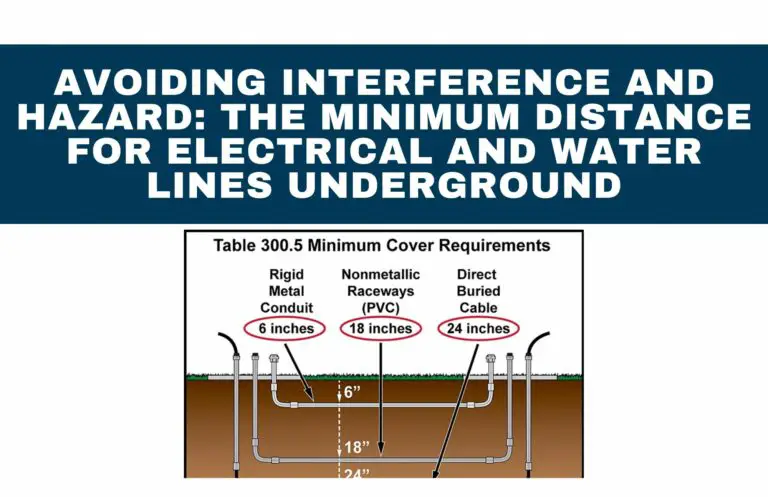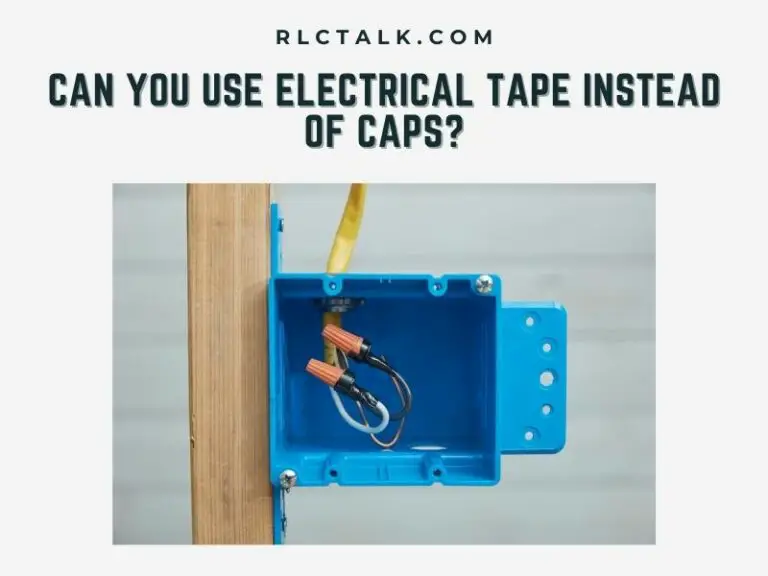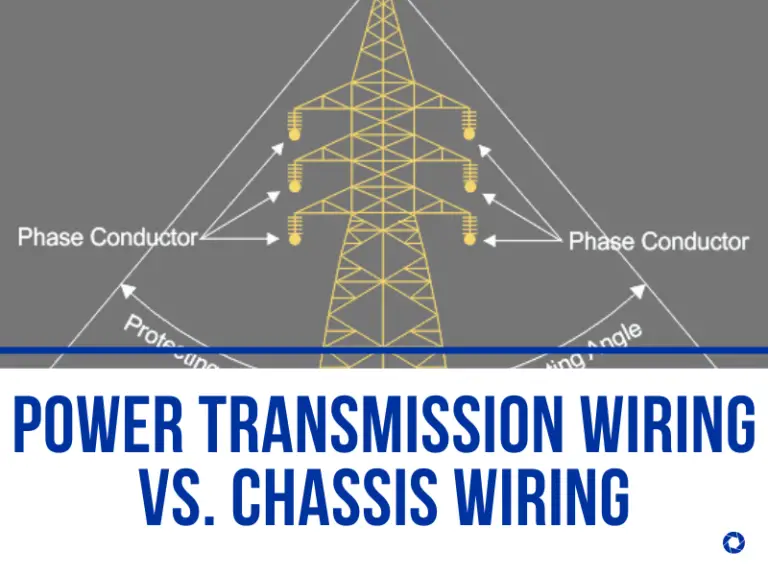Can Coax Cable Go Bad: Guide To Replace Coax Cable
Coaxial cable is less resistant to harm than other kinds of cable. But most audio professionals still toss it about like any different trampled extension cord. In contrast to power cords and CAT5, the coaxial cable must be treated delicately and protected from certain circumstances to function.
The coaxial cable transmits signals with high frequencies with a center conductor between a thin shield made of solid or braided metal. The shield and the center conductor are separated from each other by insulation.
Every component is covered in an extra, often black, plastic jacket. The shielding keeps outside RF noise from messing with the signal within the cable, yet it may also serve as an electrical ground, a remote power source, or to transmit extra signals.
Minor errors can significantly decrease signal quality as the shield and conductor’s form and state are critical. In this article, we will answer the question regarding can coax cables go bad, the symptoms of bad coax cables, how to test for a bad coax cable, and more.
How To Tell If Coax Cable Is Bad?
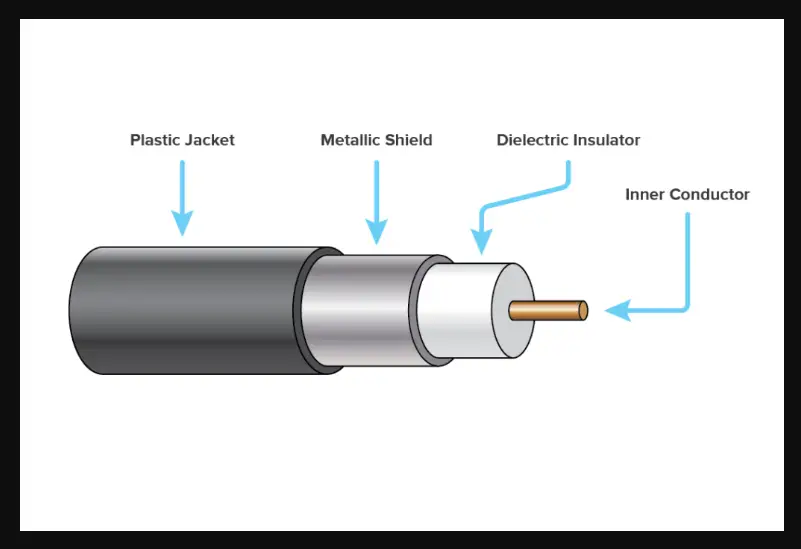
Due to broken wiring, you cannot receive a signal when employing a cable or satellite box for watching TV channels. The coaxial wire’s faulty connection to the F connector is the most probable reason. You could have faulty coaxial cables if you can watch channels on one television but not on others.
Connect your internet modem using a coax cable to each coax outlet, and then check each one individually. You’ll need to see if your modem can create a connection patiently; this is typically indicated by the lights on the device’s front. Your coax cables can be the issue of your failure to see a link.
Can Coax Cables Go Bad?
The useful lifetime of coax cables is reasonably brief, just like the lifespan of any other item, and this is true no matter how well you maintain and care for them. Over time, they will get damaged and diminish in quality.
If any of these events occur, you must repair the harmed parts to get your electronic devices fully up and running.
Different Types Of Damage That Causes Coax Cables To Go Bad
Your coax cable may have malfunctioned for one of the following reasons.
- Heat: Coaxial cables can be harmed if heated over 150 degrees Fahrenheit. Since coax cables have such low melting temperatures, placing them too close to a fire or other heat source can lead them to deteriorate. This is due to the probability that the coax cable’s plastic may melt, leading its parts to get displaced.
- Water: Coax cables may also degrade as an outcome of water damage. Like many electrically powered things, coax cables lose functionality if soaked in water. The electrical system of a coax cable can be harmed by water.
- Physical: Coax wires can also degrade because of physical harm. A coax cable has a fragile surface. A coax cable could be harmed if it is carelessly flung about as it is delicate. Coax cables need to remain in a straight position. A coax cable’s inner parts are prone to breaking with the lightest bend. Therefore, a coax cable can never be bent or stepped on as this leads to damage.
- Connector: To make issues worse, conductor damage may lead to coax cables breaking. There is a connector on each end of a coax cable. Connectors allow for the transmission of radio waves providing data between sources. The coax cable thus becomes broken if either of its connectors is damaged. But you may opt to change the coax cable’s connectors, and when you do, the coax cable could still be in fine condition.
Bad Coaxial Cable Symptoms
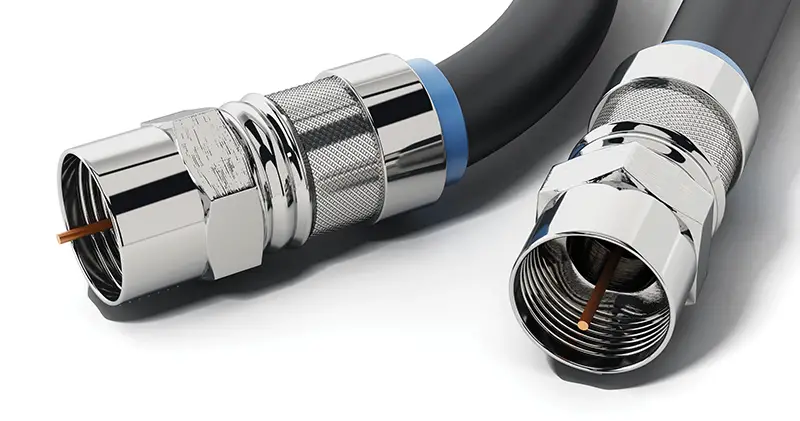
Signals are sent to the many televisions around the home by coaxial cables from the outside or a source cable system given by the service provider. Have a look at the following signs of a lousy coax cable.
1. Snowy Image
There is probably a problem with the F connector or the main cable TV connector, leading to the image being snowy. Try to see that all of the televisions are displaying snowy photos.
2. There Are No Images Showing
This type of issue with the coaxial cable can be solved by only tightening the F connection. When you’re there, examine whether there is a solid connection between the primary conductor and the F connector.
The most probable cause is that the coaxial cable’s connection to the F connector was not completed correctly. To begin, perform a test to check if any of the other channels are operating correctly.
If all other channels get a signal, then there is no reason to look into the cable connection. The broadcaster likely has technical problems, so the channel isn’t operating. Test the connecting cables if the issue is on just one TV.
If that is not the scenario, you ought to inspect the cable and see if you can identify where this issue stems from. Hence, if you want to avoid dealing with this issue again in the not-too-distant future, it is highly advised that you get the cable fixed by a skilled specialist.
3. Ghosting In The TV
It is not required to be afraid of the word. Instead of the standard high-quality images, “ghosts” will show many photos and a vertical bar. The external influence on the cable system leads to this problem, which displays itself visually.
The disruption is brought on by a leak that happened in a particular area of the cable. An error in the F connection can also trigger this issue.
4. There Are Flashing Images
Wind blowing back and forth on the aerial wire constitutes one of the most frequent causes of this issue, which reveals a decline in signal strength. It’s also likely that the cable box outside your home is faulty, which would explain the problem.
Check that the connection between the F connector and the TV is safe if just a single TV is impacted. The pictures may flash if the center conductor cuts off if the coaxial cable is unbalanced. As an obvious result, it fails to connect with the F connector perfectly.
Unlock Your ESP32-S3 with Arduino IDE: Get the DevKitC-1 Now!
rlc talk
What Causes Coax Cable To Heat Up?
Cables used in coaxial TV systems have been known to overheat for several triggers, including age and wear, parts of the surrounding environment, and manufacturing problems.
- Age And Wear: The insulation and shielding of the cable can break down with time and use, resulting in resistance and generating heat. This could result from being subjected to high temperatures, wetness, or physical harm from bending or twisting.
- Environmental Factors: Coaxial cables can also get heated due to environmental factors like excessive humidity, contact with corrosive materials, or exposure to direct sunlight.
- Manufacturing Defects: Coaxial cables can get hot due to flaws like broken connectors, insufficient shielding, or inferior materials. A poorly grounded cord can enable a great deal of electricity to pass through it, which could overheat the cable and create a fire risk or other safety worries.
Coaxial cables should often be checked and maintained to ensure they are in good shape. They should be paired with the correct cable for the purpose. It is advisable to get your coaxial cable checked and fixed by a skilled specialist if you think it is broken or heated up in some other way.
How To Test For Bad Coaxial Cables
If you believe that your coax cables could be faulty you should test them, particularly if you can’t see any signs of harm.
Damage could have happened to the cables inside your walls. You will require some tools for checking your cables if that happens.
1. Test Using A Multimeter
All you require is a multimeter, available in most houses. To ensure the cable works correctly, test its impedance, capacitance, and resistance. With a multimeter, follow these steps to test your coax cables:
- Unplug the coax cable’s connectors from each end’s connected device.
- Connect one of the multimeter wires to the plug and the additional lead to the center pin.
- If it generates noise, the cable has become shorted and requires to be replaced.
Test For Continuity:
- Select Continuity or CONT on the multimeter.
- Put the multimeter’s negative end to the coax’s center pin.
- Next, attach the multimeter’s positive end with the second pin.
- Check that the probes aren’t in contact with the connector’s sleeve.
- If your multimeter beeps, the cable is functioning.
By connecting the multimeter’s other end to the cable’s outer layer and its center pin, you can further test for shielding leaks. Your multimeter should be silent. If there is sound, your shielding leaks and cannot completely insulate the center pin.
2. Test Using A Cable Explorer
After ensuring your coax cables are healthy and operating correctly, you should look at how they are positioned within your home. This test is helpful if you move into a house with wiring installed.
This may help you avoid drilling in incorrect areas when installing new equipment. You’ll want a cable explorer for this test. It is a device that may help you determine which cables match. It operates like a multitester yet has a way of pairing the ends of many lines. This is handy if your home has multiple coax connections for your TV and internet.
Why Power Supply is Called VDD and Differences with VDD, VSS, and VCC
rlc talk
How To Replace Bad Coax Cable In Wall?
Follow these steps to replace a lousy coax cable in the wall.
- Examine the current cable path. Just above or below wall plates, within the headers or footers of the wall, cables are connected. When pulling the new wiring, find and eliminate any barriers to cable access.
- Use a screwdriver to access the current wall outlet’s outlet cover plate. Take out both mounting screws by loosening them. Keep the screws for when you reinstall the cover plates.
- Use an adjustable wrench to remove the mounting nut for the cable from the cover plate’s surface. Secure the mounting nut with the wrench and turn it counterclockwise to take it from the adapter end. To keep the replacement cable securely placed, hold the mounting nut.
- Attach the replacement cable’s end to the loose end of the current cable. If the genders of the two terminated ends match, apply a cable connection adapter. Male connectors are standard for cable walls. Apply a female/female adapter for connecting the two cables if the new cable is terminated with a male end. Using an adjustable wrench, secure the connectors.
- Add duct tape to the bound connectors. To decrease the risk of losing one end of the cable due to a poor connector crimp, use two layers of tape that extend at least two inches on either side of the connection.
- Through the wall, pull the cable. Two people should complete this job. When the second person pulls the current cord through the wall header or footer, another individual can lightly feed the cable into the outlet box.
Conclusion
Can Coax Cables Go Bad? For several electronic devices, coaxial cables are crucial for high-frequency signal transfer. But they need extra care and protection since they are more vulnerable to damage than different kinds of wires. Coax cables can degrade for various causes, such as heat exposure, water exposure, physical harm, or a broken connector.
Snowy images, no images appearing, ghosting, or flashing images are symptoms of a faulty coax cable. If you can’t see any physical harm in these cables, use a multimeter to see if the coax cable functions correctly. To prevent any additional problems, getting the broken coaxial cable replaced or fixed as soon as you detect any of these signs is recommended.
FAQ
How Long Does A Coaxial Cable Last?
Usually, coax fails as the dielectric hardens and breaks down, and the outside of the cable also suffers these same changes, causing moisture to get inside the cable. When put inside, decent coax can last 30 to 50 years.
Is Coax Faster Than Fiber?
Coax offers asymmetric speed, which means that downloading is slower than uploading. Though these speeds are considerably slower than fiber, they are frequent enough for smaller enterprises. In comparison to coax, fiber delivers symmetric rates and is generally quicker.
Does Temperature Affect Coax?
It is widely recognized that the sensitivity of coaxial cables to shifts in temperature is the main element that leads to phase drifts in these cables.
Main Keyword – Can Coax Cables Go Bad
Meta Description – Find out how to identify and repair damaged coax cables. Can coax cables go bad? Learn how to prevent signal loss and frustration.

